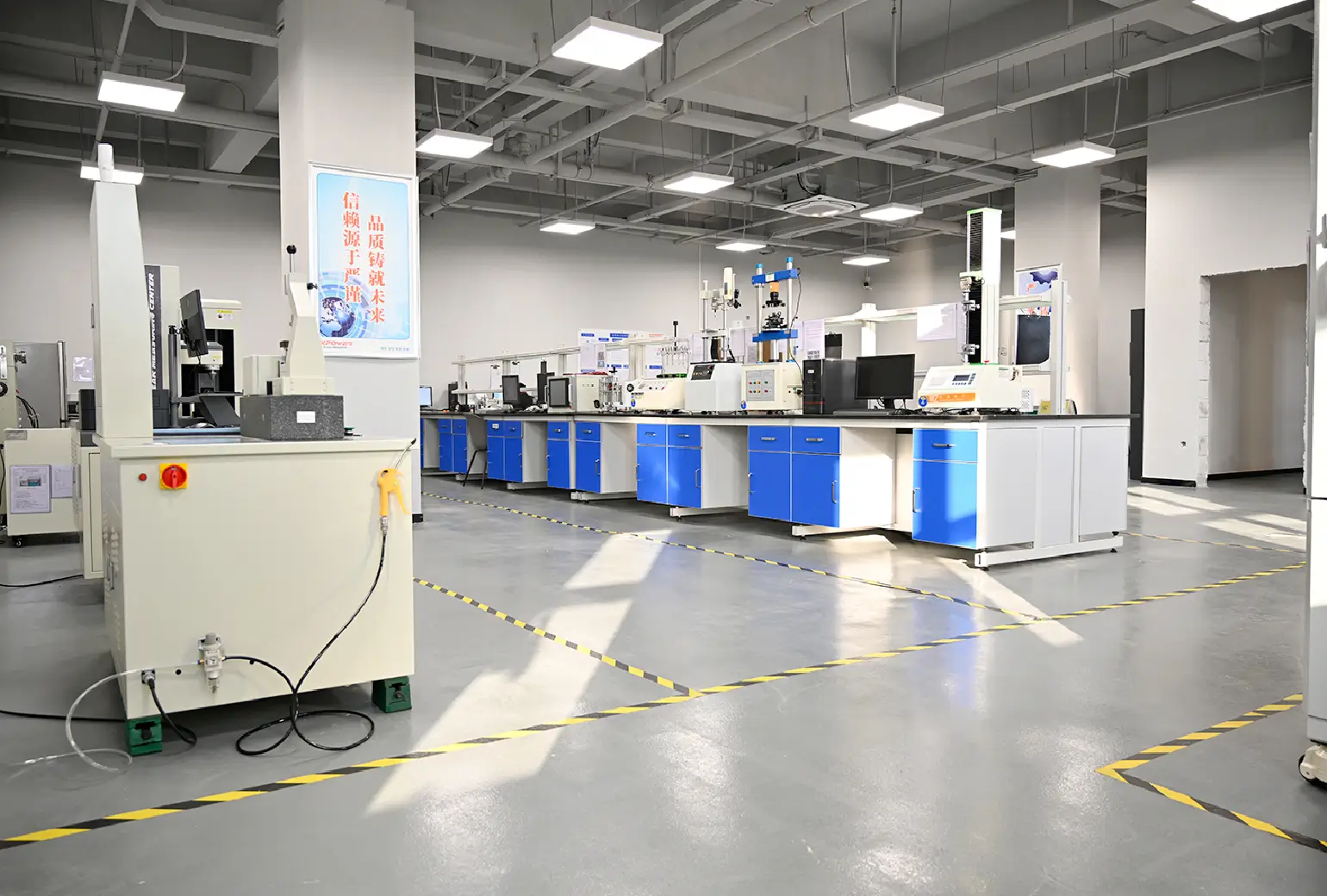The Basics of Servo Control and Your First Project
The Magic of Motion: Why Servo Motors? Servo motors are the unsung heroes of motion control. Unlike regular motors that spin endlessly, these compact devices move with surgical precision—think robotic arms, camera gimbals, or even animatronic puppets. With Arduino, you’re not just turning a motor on/off; you’re choreographing angles.

Anatomy of a Servo Let’s dissect the hardware:
SG90 (The Featherweight): Perfect for small projects (4.8V, 0.12 sec/60° speed) MG996R (The Muscle): Handles heavier loads (6V, 0.2 sec/60° speed) Both use a 3-wire system: power (red), ground (brown/black), and signal (yellow/orange).
Your First Dance with Arduino Hardware Setup:
Connect servo red → Arduino 5V Brown/black → GND Yellow/orange → Digital pin 9
The Code That Makes It Move: ```cpp
include
Servo myServo;
void setup() { myServo.attach(9); // Signal pin }
void loop() { myServo.write(0); // 0 degrees delay(1000); myServo.write(90); // Neutral position delay(1000); myServo.write(180); // Full sweep delay(1000); }
Upload this, and watch your servo snap between positions like a metronome. Why PWM Matters Arduino’s secret sauce is Pulse Width Modulation (PWM). The servo’s control wire expects 50Hz pulses (20ms intervals). The pulse width (500–2500µs) dictates the angle. The `Servo.h` library abstracts this math, but knowing it helps debug jittery movements. Troubleshooting 101 - *Jittery motion?* Add a 100µF capacitor across power/ground. - *Not moving?* Check for cold solder joints or insufficient power (use external 5V for multiple servos). - *Random twitches?* Shield signal wires from electromagnetic interference. Beyond Basic Sweeps: The Interactive Angle Let’s make it responsive. Replace the `delay()` with a sensor input. For example, map a photoresistor reading to 0–180°:
cpp int lightPin = A0;
void loop() { int val = analogRead(lightPin); int angle = map(val, 0, 1023, 0, 180); myServo.write(angle); delay(50); // Smoother response }
Now your servo tracks light levels like a sunflower. --- ### Advanced Projects and Real-World Applications Precision Control with Potentiometers Upgrade to manual control using a 10kΩ potentiometer:
cpp void setup() { myServo.attach(9); }
void loop() { int potVal = analogRead(A0); int angle = map(potVal, 0, 1023, 0, 180); myServo.write(angle); delay(15); // Eliminate lag }
Twist the knob, and the servo follows—ideal for steering mechanisms or adjustable mounts. Multi-Servo Systems: The Robot Arm Challenge Control two servos simultaneously for planar movement:
cpp Servo servoX; Servo servoY;
void setup() { servoX.attach(9); servoY.attach(10); }
void loop() { for (int pos = 0; pos <= 180; pos += 1) { servoX.write(pos); servoY.write(180 - pos); delay(20); } }
This creates a mesmerizing anti-phase dance. For more axes, consider a servo shield to avoid Arduino PWM limitations. Real-World Hacks - Automated Pet Feeder: Use a micro servo to flip a lid at scheduled times. - Smart Blinds: Combine with an LDR to auto-adtaint based on sunlight. - Laser Turret Game: Mount a laser on two servos for joystick-controlled target practice. Power Management: Don’t Burn Your Board Arduino’s 5V pin can’t handle multiple servos. Use: - A 5V DC adapter for wall-powered projects - A UBEC (Universal Battery Elimination Circuit) for battery setups - Capacitors near servo connectors to smooth voltage spikes Code Optimization Tricks - Use `writeMicroseconds()` for finer control over pulse width:
cpp myServo.writeMicroseconds(1500); // 90 degrees for most servos
- Disable servo updates when idle to reduce jitter:
cpp myServo.detach(); ```
The Dark Side of Servos: What Nobody Tells You
Gear Stripping: Plastic gears wear out. MG996Rs have metal gears for longevity. Current Surges: Sudden direction changes spike power draw—pre-program smooth transitions. Noise Pollution: PWM signals can interfere with audio circuits. Keep them separated.
From Hobbyist to Pro: Next Steps
Experiment with PID control for position feedback systems. Integrate ROS (Robot Operating System) for complex robotic movements. Explore I2C servo drivers like PCA9685 for scaling beyond Arduino’s PWM pins.
Your Turn: Break Something The best way to learn? Push boundaries. Try overvolting a servo (carefully!), or write code that makes it oscillate at resonance. Document the failures—they’re better teachers than any tutorial.
This guide doesn’t just teach servo control—it hands you the tools to make inert components dance to your code’s rhythm. What will you animate first?











































